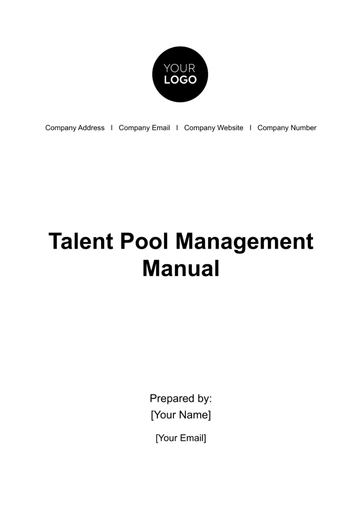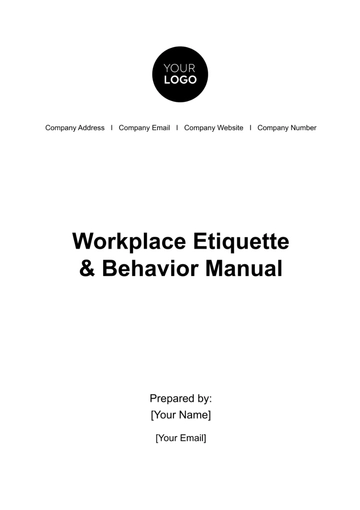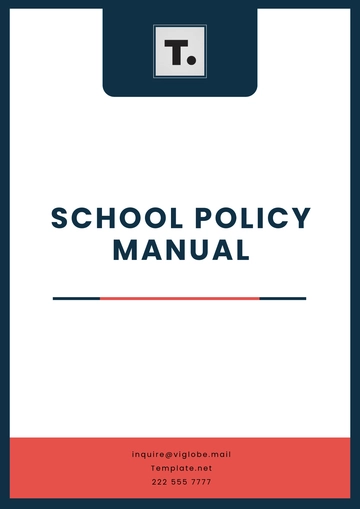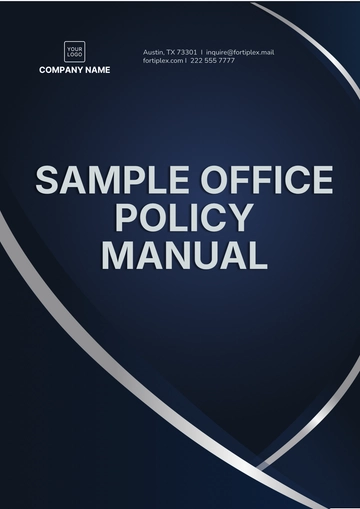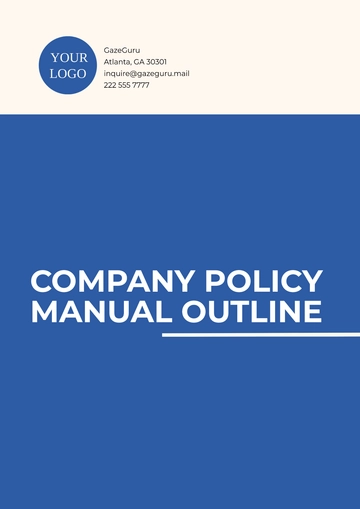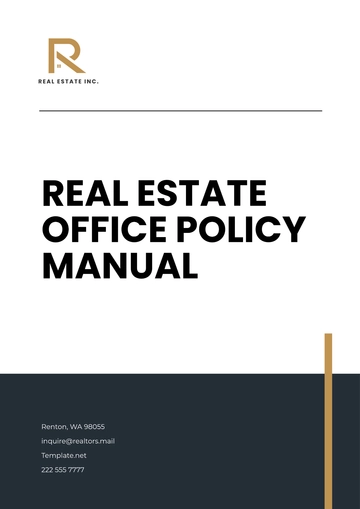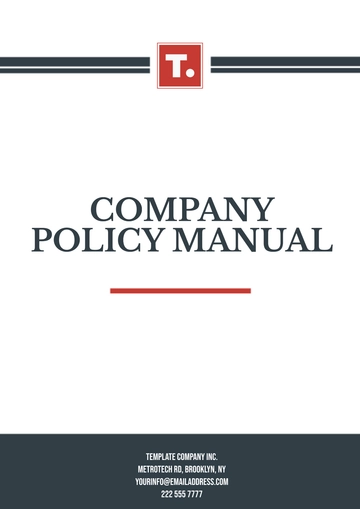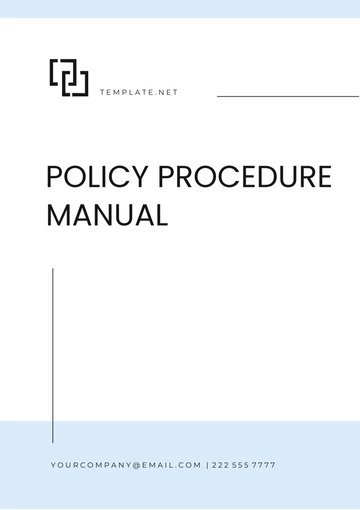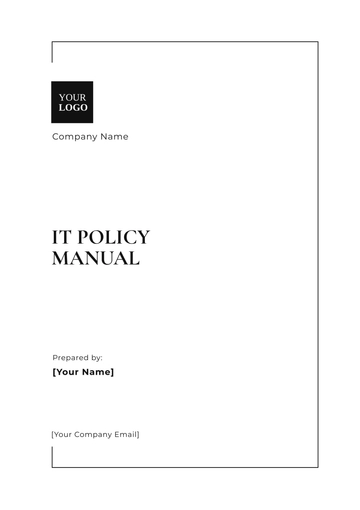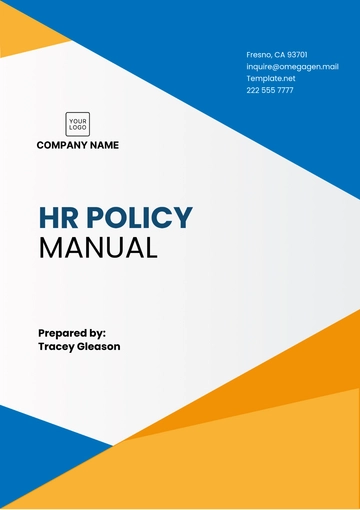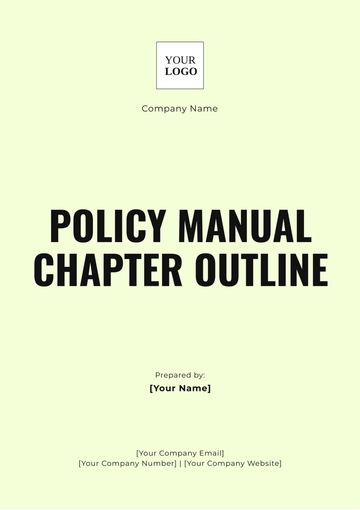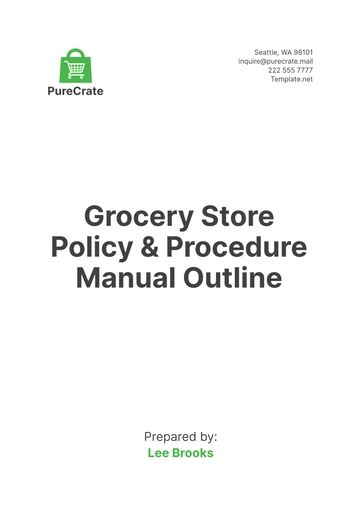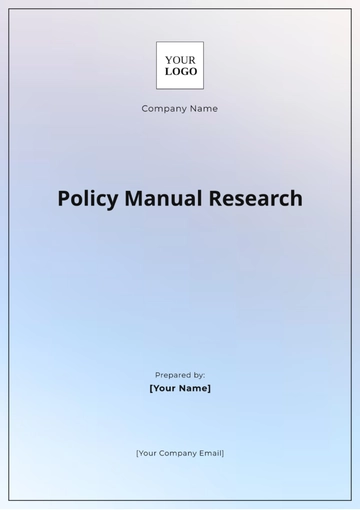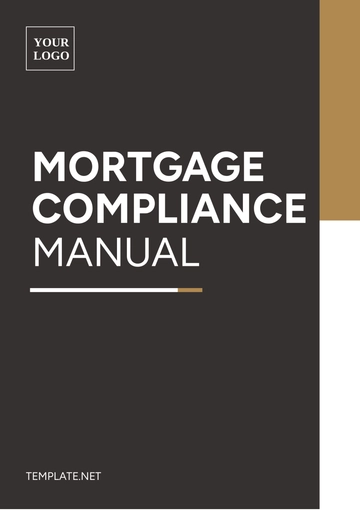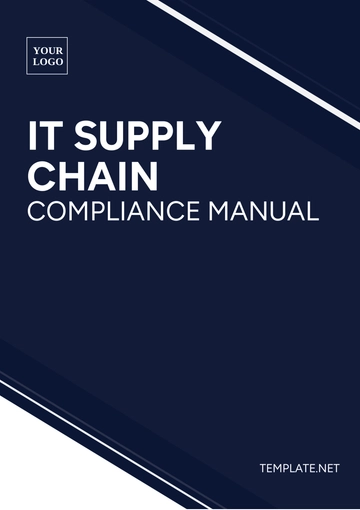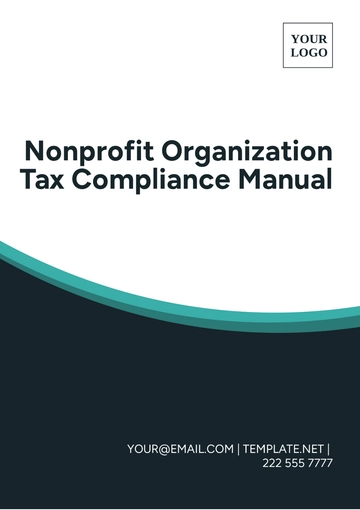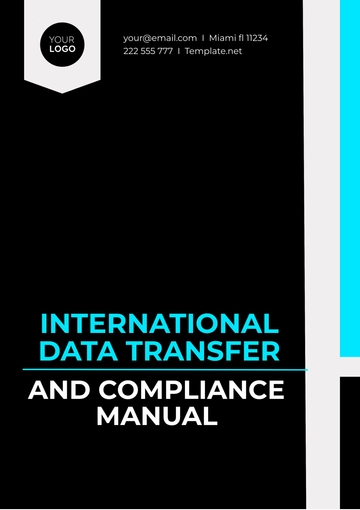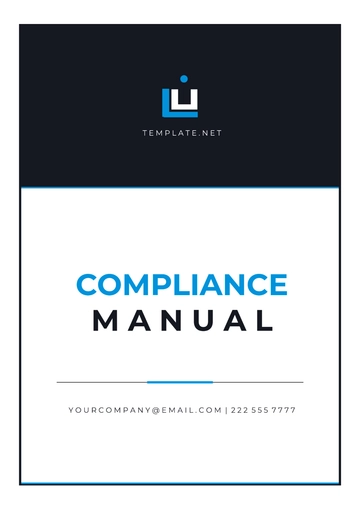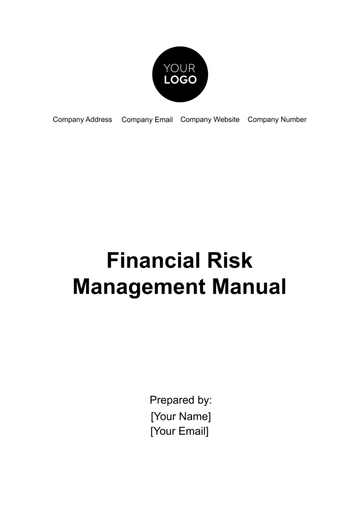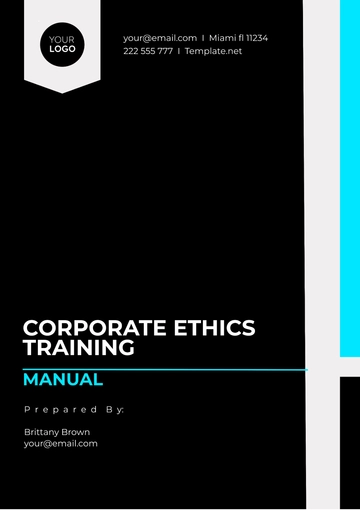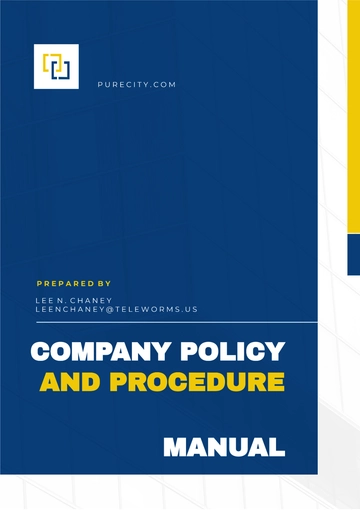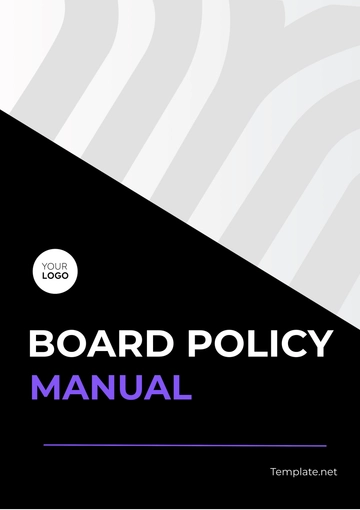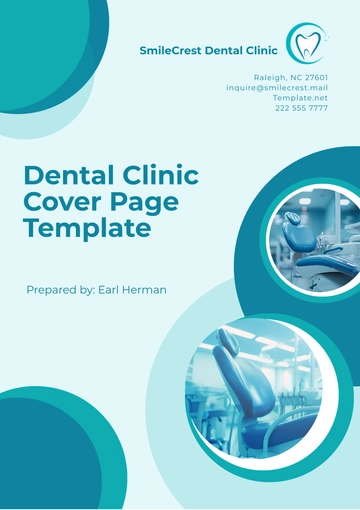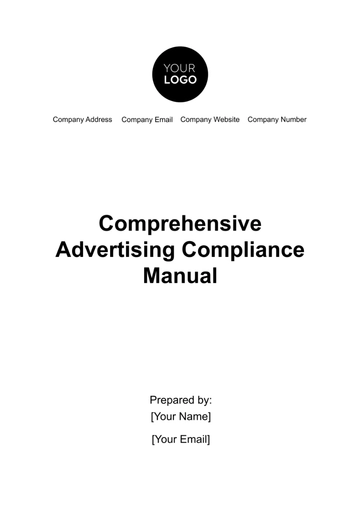Free Recruitment Compliance Manual HR
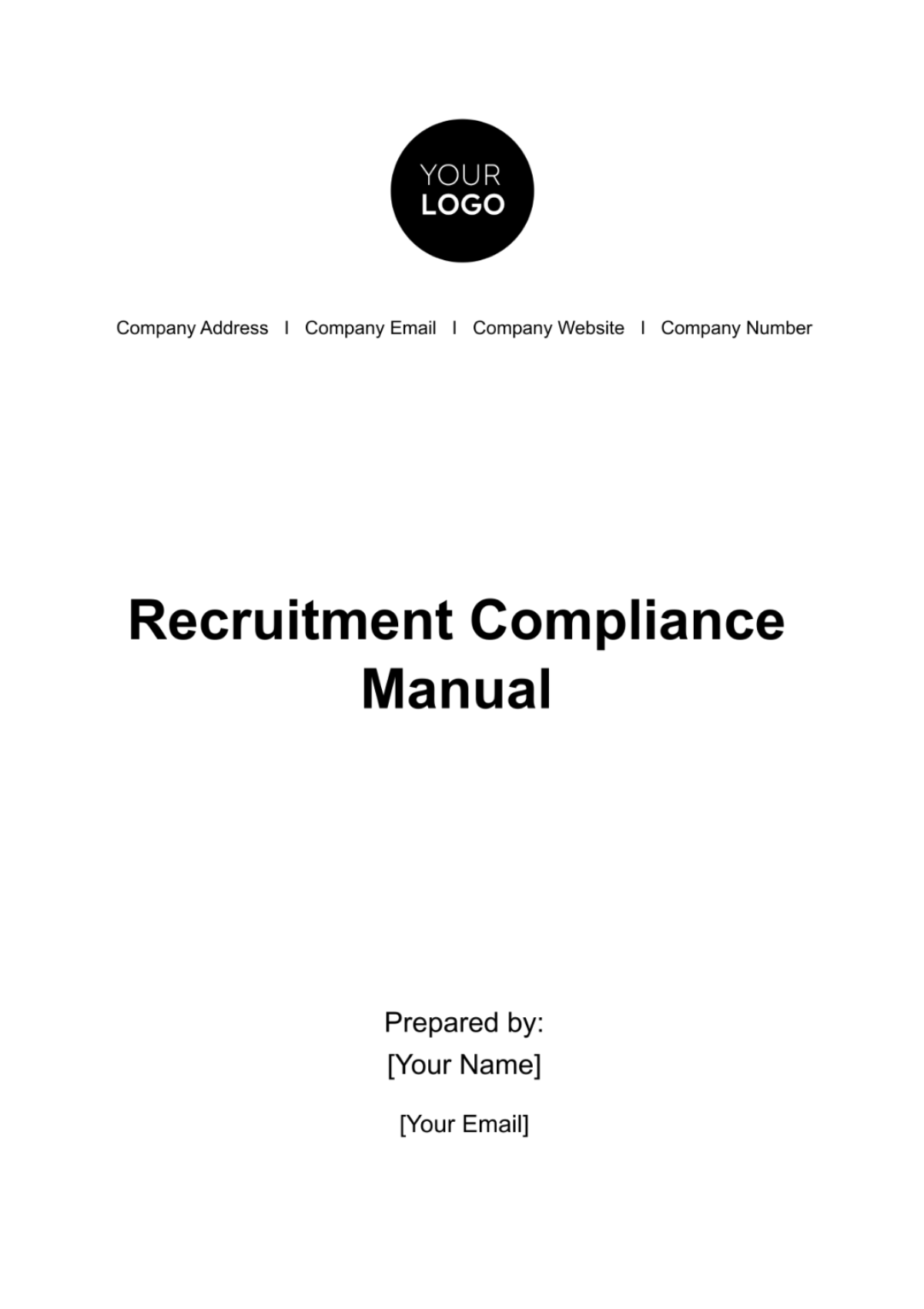
TABLE OF CONTENTS
Section 1: Introduction..........................................................................................3
Section 2: Equal Employment Opportunity (EEO) Compliance ...........................3
2.1 EEO Policy .................................................................................................................3
2.2 Training .....................................................................................................................3
2.3 Records ....................................................................................................................3
Section 3: Anti-Discrimination and Harassment .................................................4
3.1 Policy .........................................................................................................................4
3.2 Reporting Procedures .............................................................................................4
3.3 Investigation ............................................................................................................4
3.4 Consequences of Infractions .................................................................................4
Section 4: Job Posting and Advertisement ..........................................................5
4.1 Job Descriptions ......................................................................................................5
4.2 Advertising Channels ..............................................................................................6
4.3 Accessible Content .................................................................................................7
Section 5: Application and Screening Process ....................................................7
5.1 Application Forms .....................................................................................................7
5.2 Resume Screening ...................................................................................................7
5.3 Interview Invitations ................................................................................................7
Section 6: Interviewing and Selection..................................................................8
6.1 Structured Interviews ..............................................................................................8
6.2 Assessment Criteria ................................................................................................8
6.3 Selection ...................................................................................................................8
Section 7: Background Checks and References ..................................................8
7.1 Background Checks ..................................................................................................8
7.2 Reference Checks ....................................................................................................9
Section 8: Offer and Onboarding ..........................................................................9
8.1 Offer Letters .............................................................................................................9
8.2 Onboarding ..............................................................................................................9
Section 9: Record-Keeping and Reporting ..........................................................9
9.1 Documentation .........................................................................................................9
9.2 Reporting ................................................................................................................10
Section 10: Auditing and Continuous Improvement ..........................................10
10.1 Regular Audits ......................................................................................................10
10.2 Feedback and Training........................................................................................ 10
Section 1: Introduction
The "Introduction" section of this Recruitment Compliance Manual sets the stage for understanding the critical importance of compliance in the recruitment process. Effective recruitment compliance not only ensures that the company adheres to relevant laws and regulations but also contributes to building a diverse and inclusive workplace. This section serves as an essential primer for HR professionals, recruiters, and hiring managers, emphasizing the necessity of strict adherence to recruitment compliance principles.
Compliance in recruitment goes beyond legal requirements; it plays a pivotal role in enhancing the company's reputation, attracting top talent, and mitigating legal risks. By following this manual's guidelines, your organization can establish a solid foundation for ethical and lawful recruitment practices. This section encourages all stakeholders to embrace compliance as an integral part of their roles and responsibilities, ensuring that each recruitment effort aligns with the organization's values and goals.
Section 2: Equal Employment Opportunity (EEO) Compliance
EEO Policy
The "Equal Employment Opportunity (EEO) Compliance" section dedicates itself to the overarching principles that guide fair and equitable hiring processes within the organization. At its core, this section emphasizes the need for a robust EEO policy that clearly articulates the company's commitment to preventing discrimination and promoting diversity and inclusion. A well-crafted EEO policy sets the tone for the entire recruitment process and sends a strong message that the organization values talent irrespective of characteristics such as race, gender, religion, disability, or age.
Training
Compliance with EEO regulations begins with education. This subsection underscores the significance of providing comprehensive EEO training to all individuals involved in the recruitment process. Training programs should cover the nuances of EEO laws, foster a culture of inclusion, and equip employees with the knowledge and tools to identify and address potential bias or discrimination during recruitment. Well-trained staff are better prepared to make informed decisions and uphold the organization's commitment to EEO compliance.
Records
Maintaining accurate records is a cornerstone of EEO compliance. This subsection highlights the necessity of meticulous record-keeping throughout the recruitment process. Records should include applicant demographics, interview notes, and documentation related to selection decisions. By maintaining detailed records, the organization can demonstrate its commitment to transparency and fairness, providing a solid defense against potential legal challenges related to discriminatory practices.
Section 3: Anti-Discrimination and Harassment
Policy
The "Anti-Discrimination and Harassment" section underscores the organization's unwavering commitment to creating a workplace free from discrimination and harassment. It emphasizes the need for a robust anti-discrimination and anti-harassment policy that clearly defines prohibited behaviors and outlines the procedures for reporting and addressing complaints. A well-crafted policy serves as a protective shield against legal liabilities and fosters a safe and inclusive work environment.
Reporting Procedures
In this subsection, we delve into the importance of having clear and accessible reporting procedures for employees who experience or witness discrimination or harassment during the recruitment process. Employees should know how to report incidents, whom to contact, and what to expect in terms of confidentiality and resolution. A well-communicated reporting system empowers individuals to come forward and ensures that HR will promptly and thoroughly investigate these incidents.
Investigation
When complaints arise, organizations must respond swiftly and fairly. This section underscores the necessity of conducting thorough investigations into discrimination or harassment claims. It highlights the importance of appointing trained investigators who can objectively assess the situation, gather evidence, and make informed decisions. Timely and comprehensive investigations not only protect the rights of the involved parties but also demonstrate the organization's commitment to a safe and respectful workplace.
Consequences of Infractions
In cases where we have substantiated the person’s actions as an act of discrimination or harassment after following an investigation, the organization is committed to taking appropriate actions to address such behavior. The HR will administer the consequences for individuals found responsible for discrimination or harassment based on the severity and frequency of the offense. The following table provides an overview of the potential consequences:
Table 1: List of Potential Consequences
Severity of Infraction | Potential Consequences |
First-Time, Minor | Verbal counseling, mandatory anti-discrimination training |
Repeated, Minor | Written warning, mandatory anti-discrimination training |
Moderate | Suspension, additional training, and a written warning |
Severe | Termination of employment, potential legal action |
These consequences will be applied consistently and fairly, in line with the organization's commitment to maintaining a discrimination-free workplace. The severity of the consequences will depend on the circumstances surrounding each case, with an emphasis on addressing the behavior, educating the individuals involved, and preventing future infractions.
By implementing these consequences, the organization demonstrates its dedication to maintaining a workplace free from discrimination and harassment, fostering a culture of respect, and protecting the rights and well-being of all employees and candidates involved in the recruitment process.
Section 4: Job Posting and Advertisement
Job Descriptions
The "Job Posting and Advertisement" section begins by stressing the critical role of job descriptions in the recruitment process. The HR will need to meticulously craft the job descriptions to accurately reflect the role's responsibilities, qualifications, and expectations. Furthermore, they should be free from bias and inclusive language to attract a diverse candidate pool. Well-structured job descriptions are not only essential for compliance but also for attracting candidates who are the best fit for the position.
Advertising Channels
This subsection explores the importance of utilizing a variety of advertising channels to reach a wide and diverse audience. Effective recruitment strategies should extend beyond traditional methods and consider online platforms, social media, industry-specific networks, and community outreach. Diversifying advertising channels is essential for attracting candidates from different backgrounds, experiences, and demographics, aligning with the organization's commitment to diversity and inclusion.
Table 2: List of Advertising Channels
Advertising Channel | Description | Advantages |
Online Job Boards | Websites dedicated to job postings and candidate searches | Broad reach, easy access |
Social Media Platforms | Utilizing platforms like LinkedIn, Facebook, and Twitter | Networking, targeted outreach |
Company Website | Posting job openings on the organization's official website | Brand consistency, direct access |
Employee Referrals | Encouraging current employees to refer candidates | Quality referrals, cultural fit |
Industry-Specific Websites | Platforms catering to specific industries or professions | Targeted audience, specialized skills |
Recruitment Agencies | Third-party firms specializing in talent acquisition | Access to skilled candidates |
College and University Job Boards | Posting openings on educational institution websites | Access to entry-level talent |
Community Outreach | Engaging with local communities, job fairs, and events | Diverse candidates, community impact |
Partnering with industry-specific associations for job postings | Partnering with industry-specific associations for job postings | Targeted audience, specialized skills |
Diversity and Inclusion Networks | Leveraging networks focused on underrepresented groups | Diverse candidate pool, inclusion |
Selecting the most appropriate advertising channels for your recruitment needs should consider the position, target audience, and the organization's diversity and inclusion goals. By utilizing a combination of these channels, organizations can enhance their outreach, attract a broader talent pool, and create a more inclusive recruitment process.
Accessible Content
In the digital age, accessibility is a key consideration. This section emphasizes the need for job postings and advertisements to be accessible to candidates with disabilities. Ensuring that content is compatible with assistive technologies, such as screen readers, demonstrates the organization's dedication to creating an inclusive recruitment environment. By making information accessible to all, the organization can attract a broader talent pool and demonstrate its commitment to accessibility and equity.
Section 5: Application and Screening Process
Application Forms
The HR starts the "Application and Screening Process" section by highlighting the importance of carefully reviewing application forms. These forms should align with applicable laws, such as the Americans with Disabilities Act (ADA), to ensure that they do not discriminate against candidates with disabilities. Crafting inclusive application forms is a crucial step in demonstrating the organization's commitment to equal opportunities for all candidates.
Resume Screening
This subsection delves into the nuances of resume screening. It emphasizes the need for recruiters to undergo training on unbiased screening techniques. Training ensures that candidates are assessed based on their qualifications, experience, and skills rather than factors unrelated to job performance. Unbiased resume screening is a fundamental element of creating a level playing field for all applicants.
Interview Invitations
The "Interviewing and Selection" section begins with an exploration of interview invitations. The HR will extend these invitations to all qualified candidates without bias. Ensuring that they have sent the invitations without discrimination reinforces the organization's commitment to providing equal opportunities and fostering diversity within the interview process. This approach sets a positive tone for the candidate experience and encourages a diverse candidate pool to participate.
Section 6: Interviewing and Selection
Structured Interviews
Structured interviews are the focus of this section, highlighting their importance in minimizing bias and ensuring fairness. By using predetermined questions and evaluation criteria, organizations can objectively assess candidates. This approach not only aligns with EEO principles but also enhances the overall quality of hiring decisions, resulting in better-fit candidates for the organization.
Assessment Criteria
Developing clear and consistent assessment criteria is the cornerstone of fair and equitable selection processes. This subsection explores the need for organizations to define specific criteria for evaluating candidates. These criteria should be job-related and applied consistently to all applicants, reducing the potential for subjective judgments that may lead to discrimination. Transparent and well-defined assessment criteria are essential for ensuring compliance and making sound hiring decisions.
Selection
This subsection emphasizes the importance of documenting the reasons behind selection decisions. Maintaining records of the rationale for selecting or not selecting candidates based on objective criteria is crucial for transparency and accountability. It also serves as evidence of compliance with EEO principles, demonstrating that hiring decisions are made based on qualifications and merit rather than discriminatory factors.
Section 7: Background Checks and References
Background Checks
The HR will explore Background checks in this section, with a strong emphasis on conducting them in compliance with the Fair Credit Reporting Act (FCRA) and relevant state laws. Employers must follow specific procedures when they conduct background checks, including obtaining candidate consent, providing required disclosures, and adhering to adverse action processes. Compliance with these regulations is essential for protecting both candidates' rights and the organization's legal standing.
Reference Checks
The HR will need to understand and discuss the importance of obtaining and verifying references in this subsection. Reference checks provide valuable insights into a candidate's qualifications and character. However, it's crucial to conduct them with the candidate's consent and in adherence to privacy laws. Properly conducted reference checks contribute to informed hiring decisions and enhance the organization's due diligence in the selection process.
Section 8: Offer and Onboarding
Offer Letters
The "Offer and Onboarding" section begins by emphasizing the significance of clear and comprehensive offer letters. Offer letters should not only outline the terms and conditions of employment but also comply with all applicable laws. These letters serve as legal documents and set expectations for both the organization and the new employee. Ensuring that offer letters are accurate, complete, and compliant is vital for a smooth transition into the onboarding process.
Onboarding
Comprehensive onboarding is explored in this subsection. Beyond legal compliance, effective onboarding encompasses a range of activities, including orientation, training, and integrating new hires into the organizational culture. Compliance training is particularly essential to ensure that employees understand their rights and responsibilities and are aware of the organization's policies and procedures. A well-executed onboarding process contributes to employee retention and success within the organization.
Section 9: Record-Keeping and Reporting
Documentation
This section underscores the importance of meticulous record-keeping throughout the recruitment process. The hiring manager is responsible for the record-keeping and documentation of the applicant’s applications, interviews, and selection decisions. Detailed documentation serves as a critical resource for demonstrating compliance with EEO regulations and provides a defense against potential legal challenges. It also supports data-driven decision-making and continuous improvement efforts.
Reporting
The "Reporting" subsection focuses on the requirement to prepare and submit reports on EEO compliance to relevant government agencies. Compliance reporting is a legal obligation and a transparency measure. Organizations must follow reporting deadlines and guidelines to maintain their standing as equal-opportunity employers. Accurate and timely reporting reinforces the organization's commitment to EEO principles and minimizes legal risks.
Section 10: Auditing and Continuous Improvement
Regular Audits
This section introduces the concept of regular audits as a proactive approach to ensuring ongoing compliance. Audits serve as a critical tool for identifying areas of improvement within the recruitment process. By conducting routine assessments of recruitment activities, the organization can uncover potential gaps, address compliance issues, and continuously refine its processes. Regular audits are a fundamental element of maintaining a strong commitment to recruitment compliance.
Feedback and Training
The final subsection highlights the importance of providing feedback to recruiters and hiring managers based on audit findings. Feedback is essential for continuous improvement. When the trainer has identified compliance issues, the trainer will implement targeted training and development initiatives to enhance the skills and knowledge of those involved in the recruitment process. This iterative approach fosters a culture of accountability and ensures that the organization remains at the forefront of compliance best practices.
This comprehensive Recruitment Compliance Manual serves as a valuable resource for HR professionals, recruiters, and hiring managers. Each section and subsection provides in-depth insights and guidance to ensure that the organization's recruitment process not only meets legal requirements but also aligns with the principles of equity, diversity, and inclusion. By following these guidelines and embracing a commitment to compliance, your organization can attract top talent, mitigate legal risks, and create a workplace that values and respects every individual.
- 100% Customizable, free editor
- Access 1 Million+ Templates, photo’s & graphics
- Download or share as a template
- Click and replace photos, graphics, text, backgrounds
- Resize, crop, AI write & more
- Access advanced editor
Gain recruitment confidence with our Recruitment Compliance Manual HR Template. Ensure your hiring processes adhere to legal and regulatory standards effortlessly. This comprehensive template covers essential compliance areas, reducing risks and ensuring fair and equitable hiring practices. Elevate your HR compliance game and make well-informed, compliant recruitment decisions today.
